SANDSTONE IN INDIA BY BHANDARI MARBLE GROUP INDIA RAJASTHAN KISHANGARH
BLOG -7
SANDSTONE IN INDIA
We deal in Indian Sandstone Marble, Sandstone Marble Tiles, Sandstone Floor designs, Sandstone Marble Flooring, Sandstone Marble Images, Sandstone Marble prices, Sandstone Marble Statues, Sandstone Marble Suppliers, Sandstone Marble Stones, etc.

Sandstone makes wonderful dimension stone, because it’s hard and impervious to the elements, yet it’s still relatively easy to cut, shape, and carve. That said, quartz-based sandstone and quartzite may require some additional fabrication cost due to additional time or tool wear since the minerals are so hard. Sandstone buildings are commonplace all over the World.
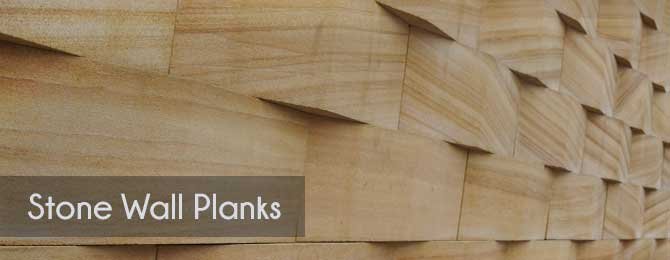
Sandstone construction to a whole new level. They have their own sandstone quarry near campus, with a ready supply of dimension stone. Most of the campus buildings are made of this stone, tying together the campus and lending a native feel to the architecture.
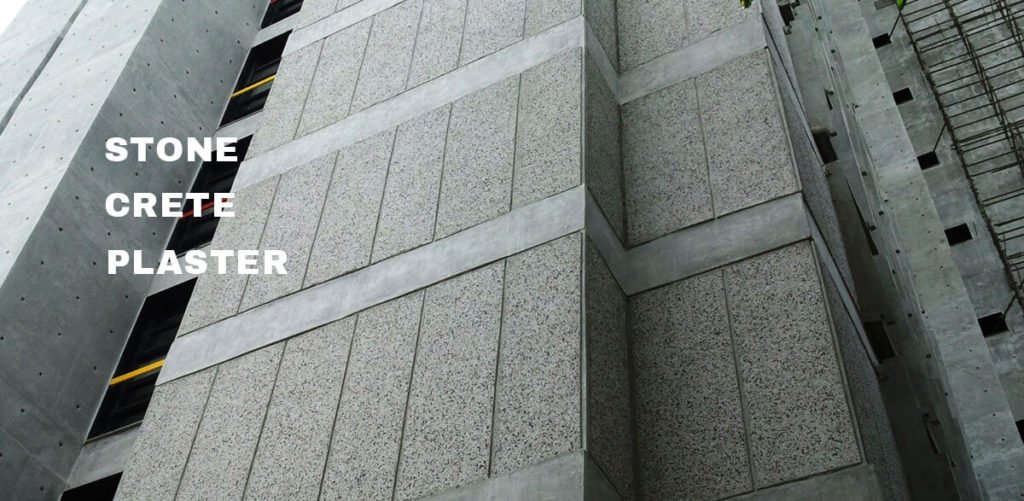
Sandstone is a beautiful natural floor covering that is popular for its distinctive style. Mimicking the look of beach and desert sand, the gold, red, brown, and tan of this often multicolored stone can add the perfect decorative touch to a room. At the same time, the fact that it is natural means that its properties are not controlled by a manufacturer, which can cause problems when it is used in a certain environment.
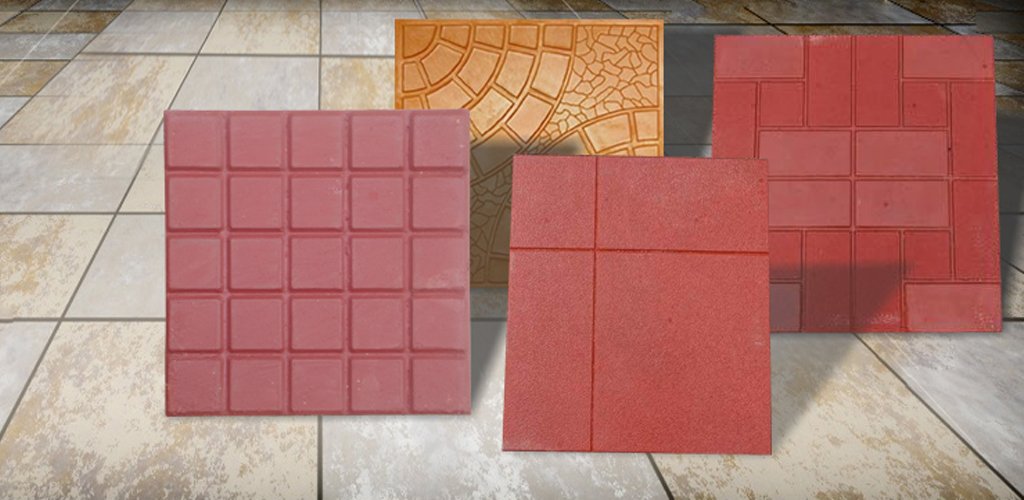
Natural beauty: There is an ineffable quality to a natural material that is obvious in sandstone flooring. Ranging in color from medium tone white to multicolored maelstroms and all the way back to charcoal and black, Sandstone can cover vast stretches of hues, and yet it always has a feeling of earth and rock that can be missing in many of its imitators.
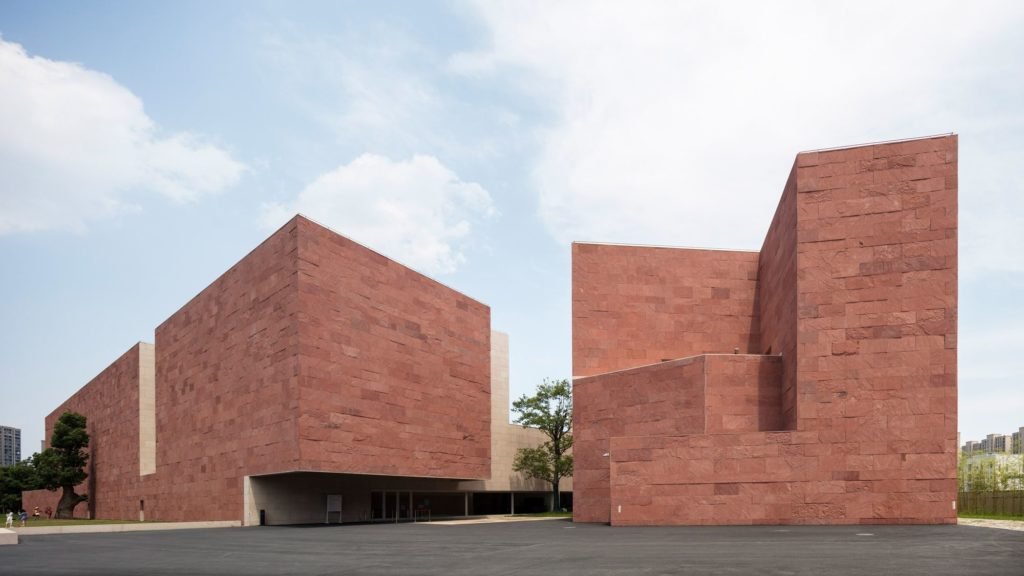
Durability: Sandstone can’t match slate or granite for durability, but it is strong enough to last for decades if properly cared for.
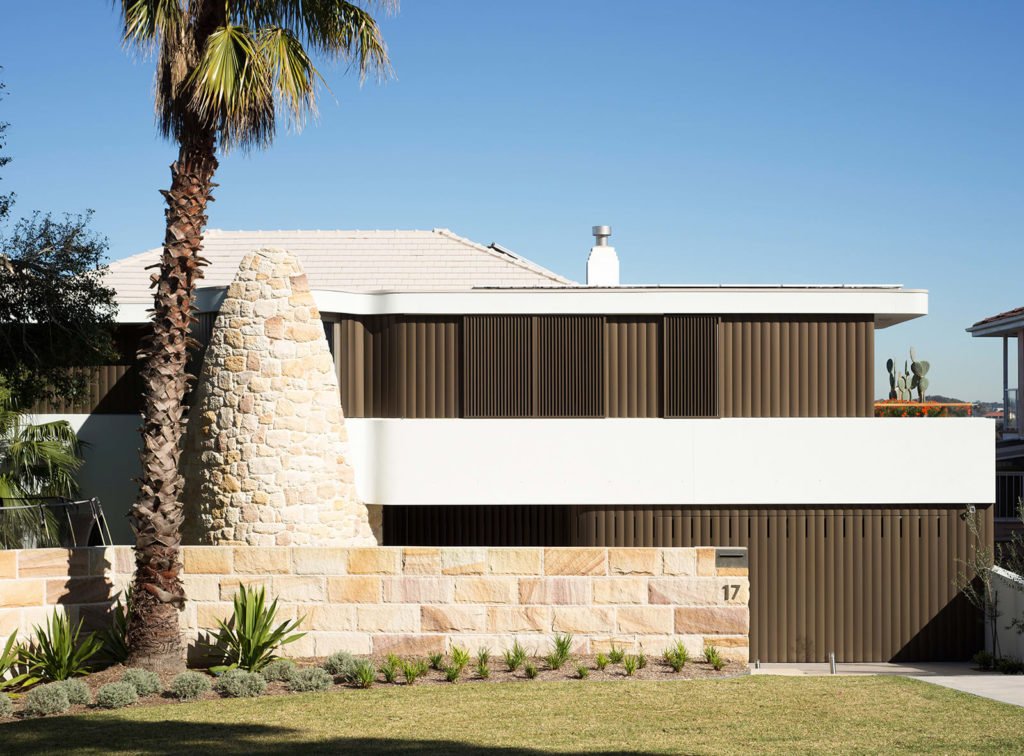
Uniqueness: Because sandstone is formed from nature itself, the colors, patterns, and hues found in any individual piece are completely unique and different. When Sandstone is quarried, it comes out in giant slabs, which are then processed and cut into smaller pieces. That means that every piece of tile in every Sandstone floor is one random sample of a great masterpiece of mountainous nature that stretches across the world.
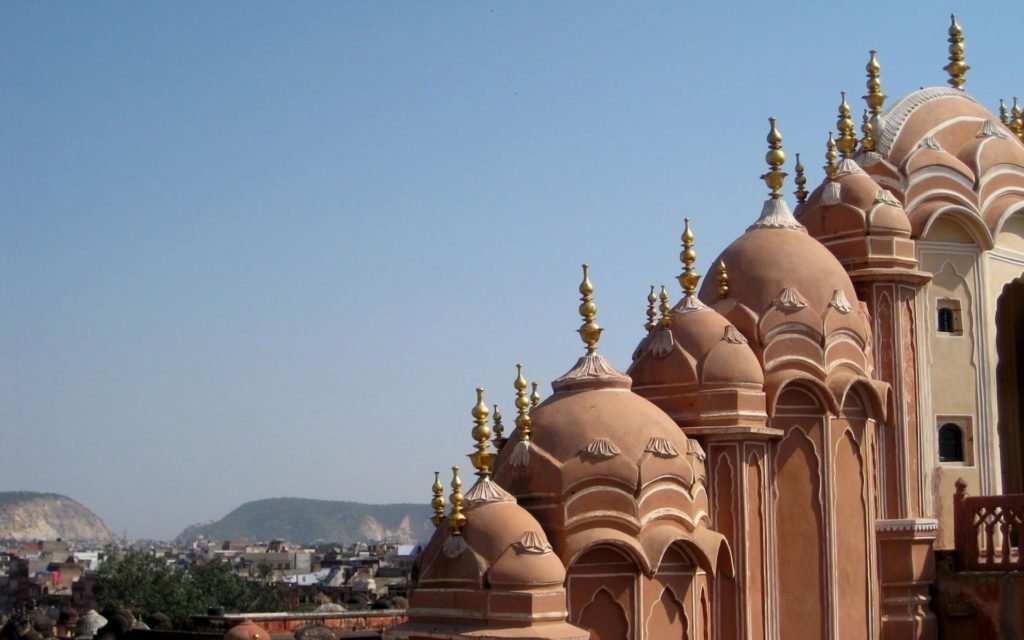
Texture: Sandstone, being a rock, comes from the mountain naturally craggy and jagged. In flooring tiles, this is leveled out in a process called gauging. This gives you many options with sandstone flooring, as this process can be increased to hone the tiles into smooth surfaces or even polish them flat and glistening.
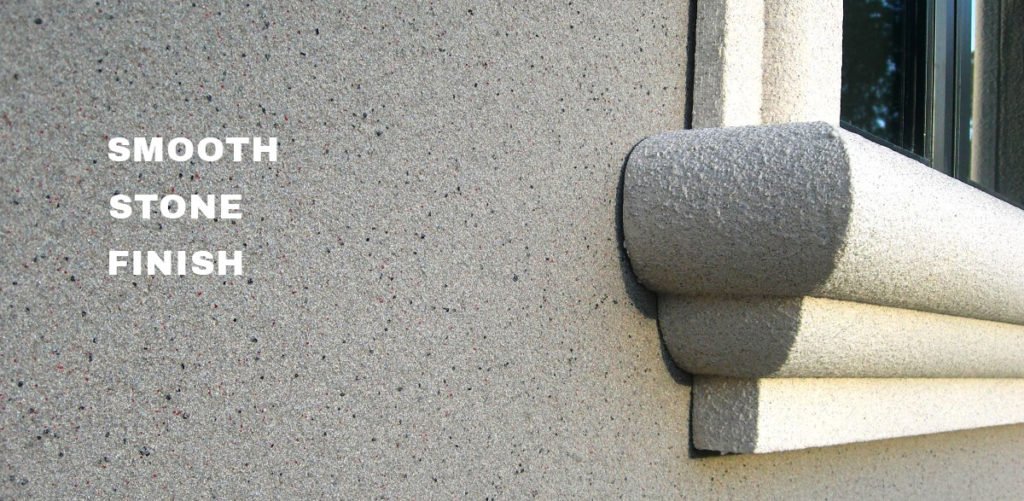
Replaceable: Sandstone Flooring is installed in individual tiles or pieces, the tiles can be removed and replaced with relative ease. You just have to make sure that you save a few tiles from the original installation so that they match the repaired floor.
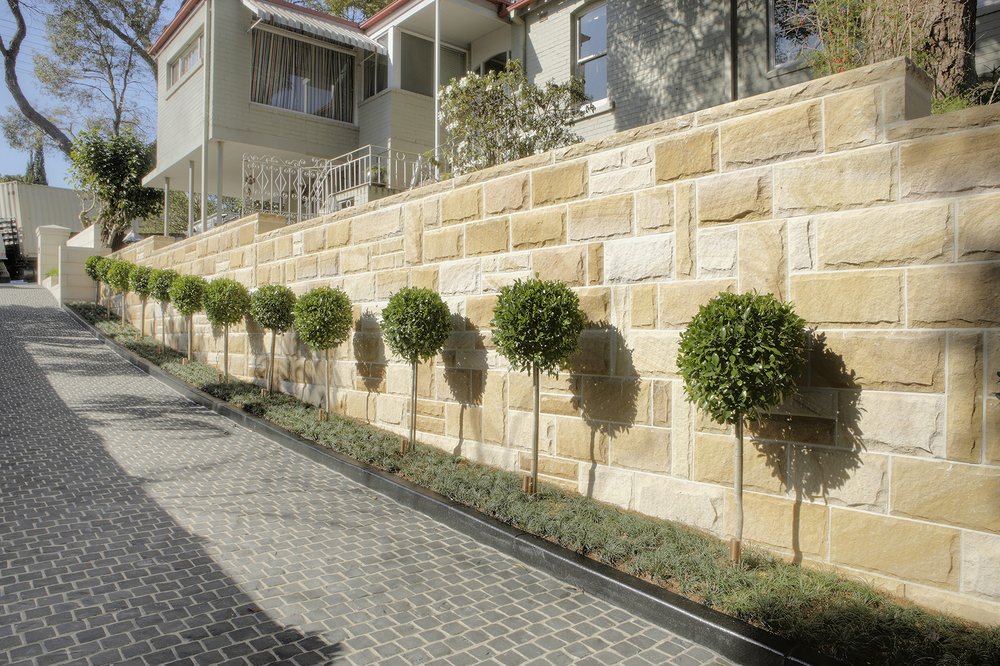
THE IDEAL QUALITY OF SANDBLASTED SANDSTONE AT BHANDARI MARBLE GROUP:
Sandblasted Sandstone: Grey Sawn Sandstone paving is lightly sandblasted, giving it a hard-wearing grain that is an ideal complement to its consistent, battleship-grey coloring. Grey Sawn Sandstone works very well in contemporary designs, creating a smooth, chic sophistication. Before buying, we recommend that all customers read our Product Guide in the Product Information section.
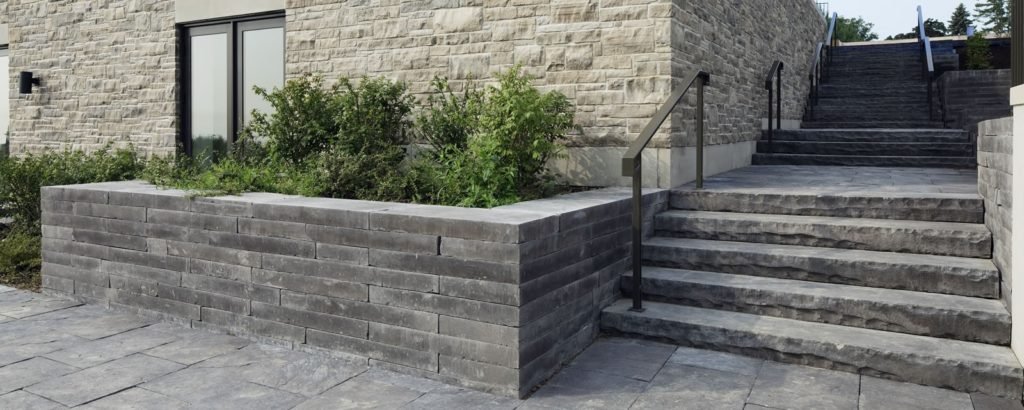
Sandblasted Sandstone: It is a quality product that offers sawn sandstone with a lightly sandblasted surface for slip resistance. This light grey natural sandstone is a very light color Dove grey with occasional buff shades.
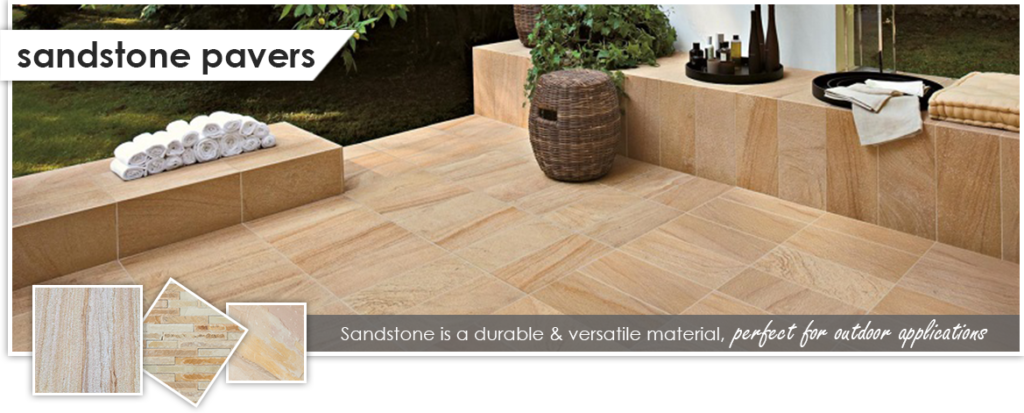
Grey Sawn Sandblasted Sandstone: Sandstone is classic in origin. They are formed from cemented grains that may either be fragments of a pre-existing rock or be mono-mineral crystals. The cement binding these grains together is typically calcite, clays, and silica. Grain sizes in sands are defined within the range of Clays and sediments with smaller grain sizes not visible with the naked eye, including siltstones and shale’s, which are typically called argillaceous sediments; rocks with larger grain sizes, including breccias and conglomerates, are termed rutaceous sediments.

Grey Sawn and Sandblasted Sandstone:
The formation of sandstone involves two principal stages. First, a layer or layers of sand accumulates as the result of sedimentation, either from water or from the air. Typically, sedimentation occurs by the sand settling out from suspension; i.e., ceasing to be rolled or bounced along the bottom of a body of water or ground surface. Finally, once it has accumulated, the sand becomes sandstone when it is compacted by the pressure of overlying deposits and cemented by the precipitation of minerals within the pore spaces between sand grains.
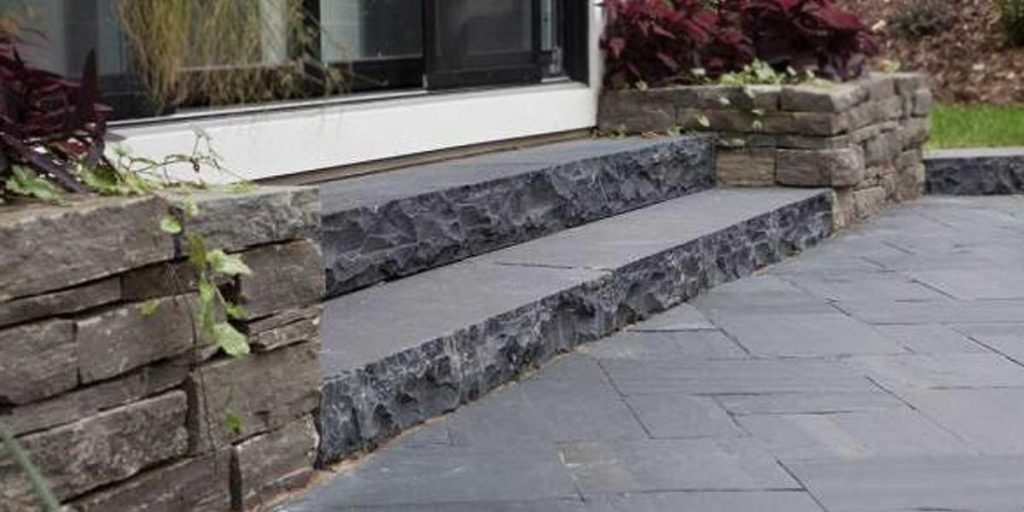
DHOLPUR RED SANDSTONE:
Dholpur Red Sandstone is mined from a place called Dholpur. It is also famously called Agra Red Sandstone. In the ancient era, it was widely used in building monuments, forts, temples, and Havelis. The finest example of it is the majestic Agra Fort and captivating red fort.

As the name suggests Dholpur Red Sandstone has red texture. It is due to the presence of iron oxides. The Red Sandstone is used in a variety of applications like flooring, roofing, wall cladding, paving, and stone sills. Its qualities like durability, strength, resistance to acids, and saline water make Dholpur Red Sandstone a popular choice for construction projects.
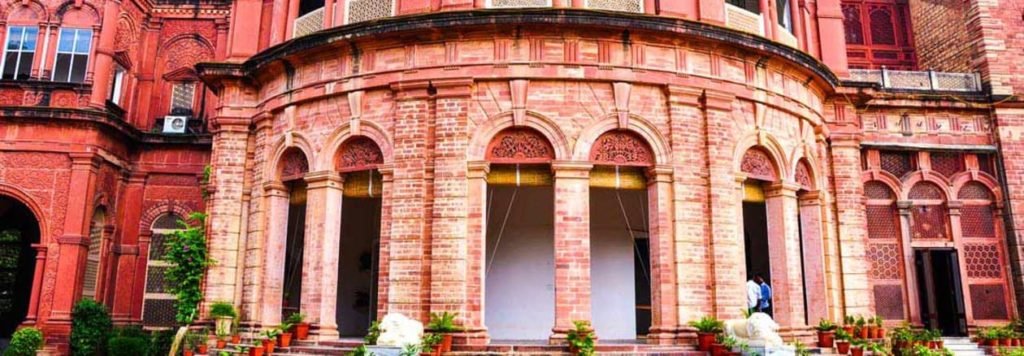
Dholpur Red Sandstone or as is popularly called Agra Red Sandstone got its name from the quarries location and its proximity to Agra City famous world over for being the host of one of the Seven Wonders of the World THE “TAJ MAHAL”. Sandstones take their color based on the minerals proximity to the rock at the time of formation. The red color is imparted due to the presence of Iron Oxides near the bedding planes. This is hard wearing Sandstone designed for conformity of color and contemporary styling. Since ages, this Sandstone has not shown any weathering effects.

For example; during the archaic period it was expansively used in the construction of Indian temples, Agra Fort, Delhi Red Fort, and many other forts. Since; this sandstone is very responsive towards a variety of finishing like rubbed, honed, polished or sandblasted, shot blasted with hand-cut or sawn edges, Agra Red’s decorating versatility remains incomparable. For this reason, Agra Red Sandstone has become many architects’ favorite constructing material.
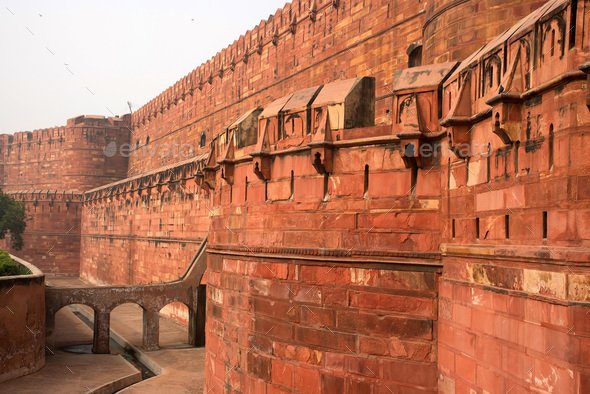
The large choice of sizes allows for some creativity in laying design. The color of this sandstone ranges from light to dark red. Owing to its strength, durability, resistance to abrasion and environmental weathering, acid and alkali resistance and advantage of easy handling and availability have made Indian Sandstone the material of choice for construction and making artifacts and decorative items. It has a variety of applications in roofing, flooring, paving, paneling, beams, pillars, doors, and window sills. It has been found most suitable for carving screens. Due to its excellent workability, it is fit for both exterior and interior uses.

Dholpur Red Sandstone is available in various finishes such as natural cleft, flamed, polished, honed, bush-hammered, sawn, acid washed, antique finish, and sandblasted to suit different applications. The finish and smoothness of tiles and slabs of sandstone depend on the finish of edges, which is available in machine cut, sawn, hand chiseled, hand dressed, and chamfered, beveled. The edges play a major role in the overall appearance of the architecture they are used in.

DESIGNERS AND ARCHITECTS ARE WELCOME
We personally invite designers and architects to find the exclusive quality of stone for all types of projects.
1- What is Indian Sandstone?
Indian Sandstone is a classic sedimentary rock composed mainly of sand-sized mineral particles or rock fragments or organic material. Most sandstone is composed of quartz or feldspar because they are the most resistant minerals to weathering processes at the Earth’s surface, as seen in the Goldich dissolution series.

2- Where is sandstone find in India?
Sandstone reserves in India are spread over the states of Rajasthan and Madhya Pradesh, Over 90% of the deposits of sandstone are in Rajasthan, spread over the districts of Bharatpur, Dholpur, Kota, Jodhpur, Sawai-Madhopur, Bundi, Chittorgarh, Bikaner, Jhalawar, Pali, and Jaisalmer.

3- Is Indian sandstone good?
BHANDARI MARBLE GROUP’S sandstone is good quality Indian sandstone is important when planning to use it for your garden or patio. Sandstone paving is now one of the most-used types of natural stone available thanks to its versatile, stylish appeal that fits in both contemporary and traditional.

4- How is Indian sandstone made?
The difference in composition between Indian Sandstone and concrete paving slabs. Indian Sandstone is a natural, quarried rock that is cut and shaped into paving slabs. Concrete paving slabs are fabricated from a composite mix of water, cement, and aggregate.
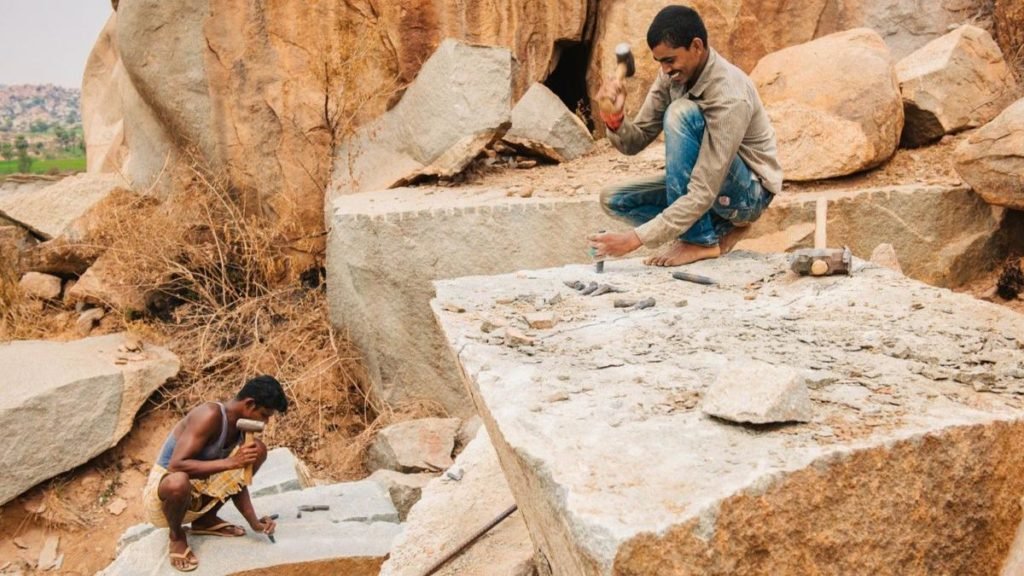
5- Is Indian sandstone porous?
Indian sandstone has become increasingly popular in the UK in recent years as garden paving or driveway pavers. Many of the cheap Indian sandstones are soft, porous stones that are easier to process, making them cheaper, but not strong enough to withstand the harsh British climate.
6- Should you seal Indian sandstone?
Quality Indian sandstone does not need sealing, so you won’t need to seal even the cheapest Marshalls Indian Sandstone Paving. Decent quality non-porous sandstone just needs a regular clean to keep it looking good for years. If the patio slabs you are looking at require sealing, you need to ask why.
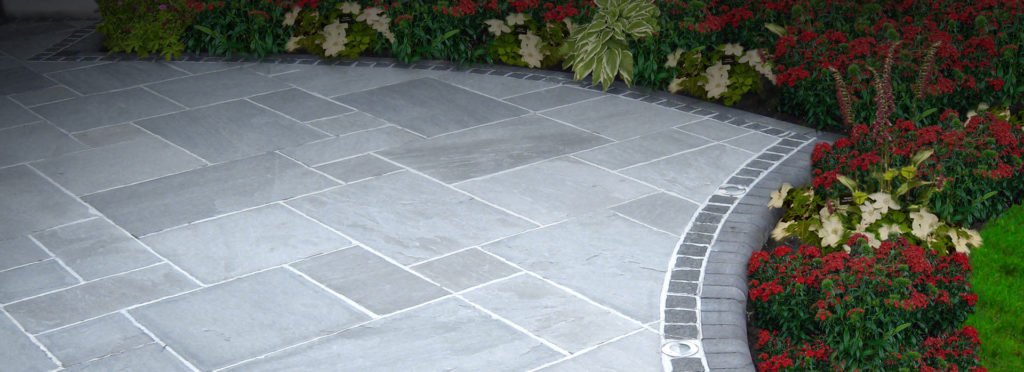
7- Can you power wash Indian sandstone?
A power washer is a great tool for cleaning Indian sandstone paving slabs. The machines are especially useful if you have a large area of sandstone to clean. Care must be taken in the amount of pressure used on sandstone.
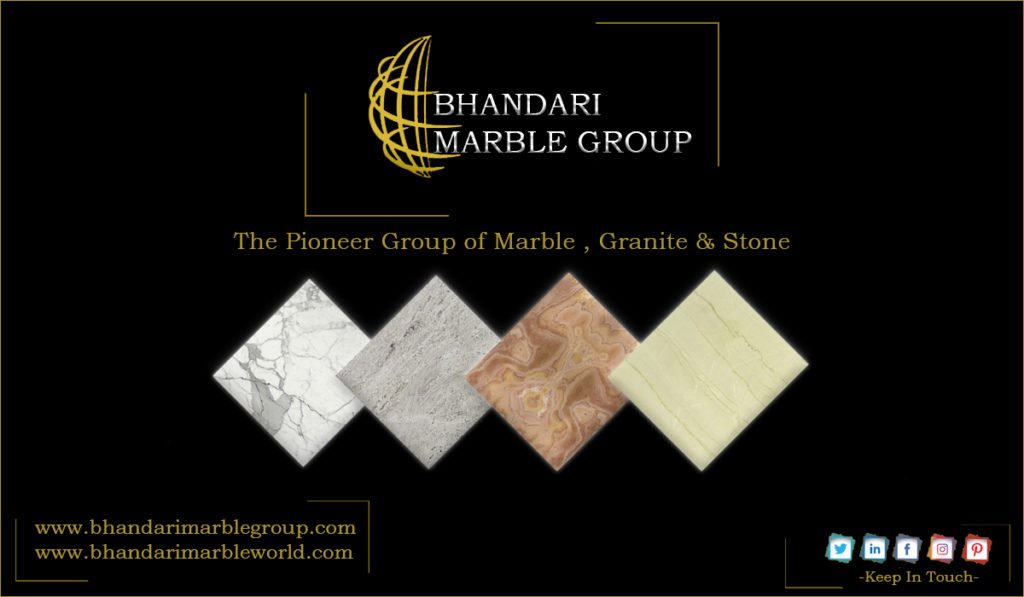
Add by Sandstone expert and export team of BHANDARI MARBLE GROUP INDIA RAJASTHAN KISHANGARH.

Comments
Post a Comment